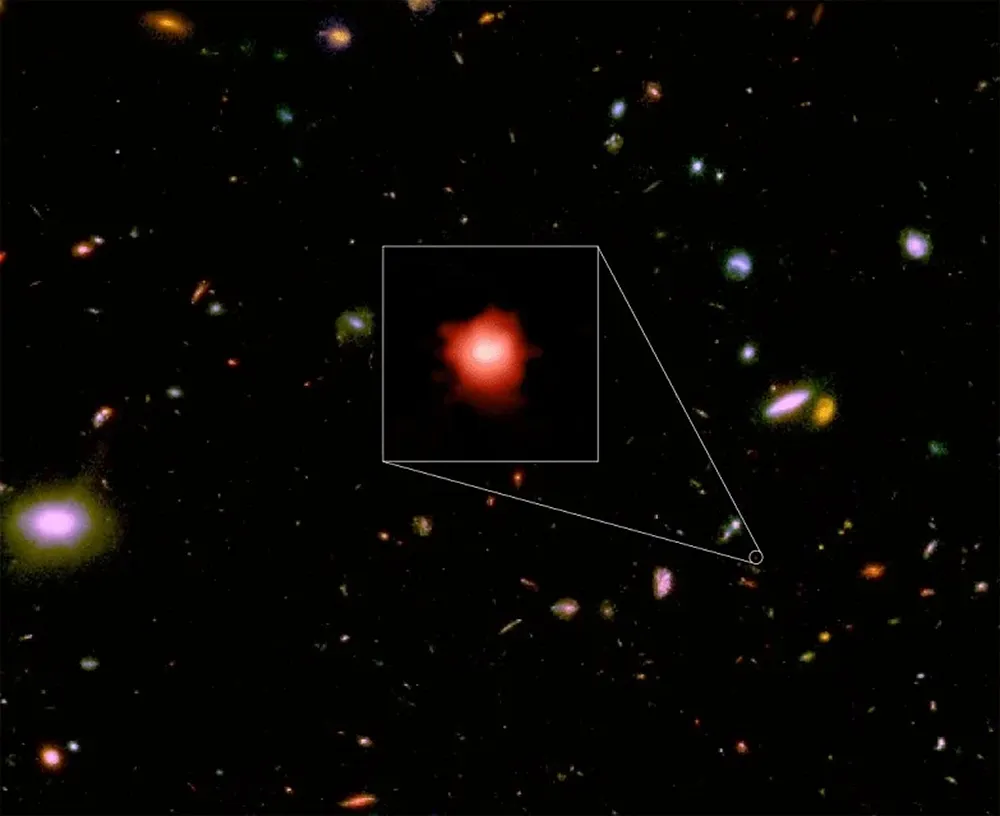How many galaxies are there in the Universe, and is this even something that we can calculate?
It would be hard enough trying to count all the stars in the sky on a clear, dark night, but how could astronomers ever hope to calculate how many galaxies exist across the cosmos?
Simplistically, the number of galaxies in the Universe will be the size of the Universe times the average number density of galaxies. In practice, it is difficult to estimate these two numbers accurately.
The total size of the Universe is unknown. Recent research suggests it may be infinite, implying that there could be an infinite number of galaxies.

However, there is a limit beyond which we cannot see; because light from beyond has not had time to reach Earth since the Big Bang.
There are so many galactic behemoths that astronomers love to observe, including the Whirlpool Galaxy, the Triangulum Galaxy and the Andromeda Galaxy, to name but a few.
And then you have to conceive that our own galaxy sits with the Triangulum and the Andromeda with 30-50 others in the so-called Local Group.

And that's not even getting started on galaxy clusters, which are huge groups of galaxies bound together by gravity.
So considering there could possibly be hundreds of billions of galaxies in the Universe is quite difficult to get your head around!
But astronomers have been able to do some pretty nifty mathematical calculations to come up with an estimate as to how many galaxies there are in the Universe.

It is estimated that the ‘observable universe’ is a sphere with a diameter of about 92 billion lightyears and a volume of about 410 nonillion (410 thousand billion billion billion) cubic lightyears!
Estimating the number density of galactic bodies presents its own problems.
It is not possible to simply count all the galaxies in the sky. It would take too long.
Besides, even the best telescopes would miss those that are too faint, too small or too close to other galaxies.
As well as ones which are obscured by intervening material or do not emit light detectable by the telescope.

This technique will, however, give you a lower limit to the number of galaxies. One such estimate says that there are between 100 and 200 billion galaxies in the observable universe.
Other astronomers have tried to estimate the number of ‘missed’ galaxies in previous studies and come up with a total number of 2 trillion in the universe.
However, based on recent measurements of the darkness of the night sky, this may be an overestimate.
So the next time you're feeling a little overcrowded, consider that our Sun is just one of perhaps 100 billion or more stars in our galactic home, and that our galaxy is just one of potentially 200 billion in the observable Universe alone.
Food for thought.
